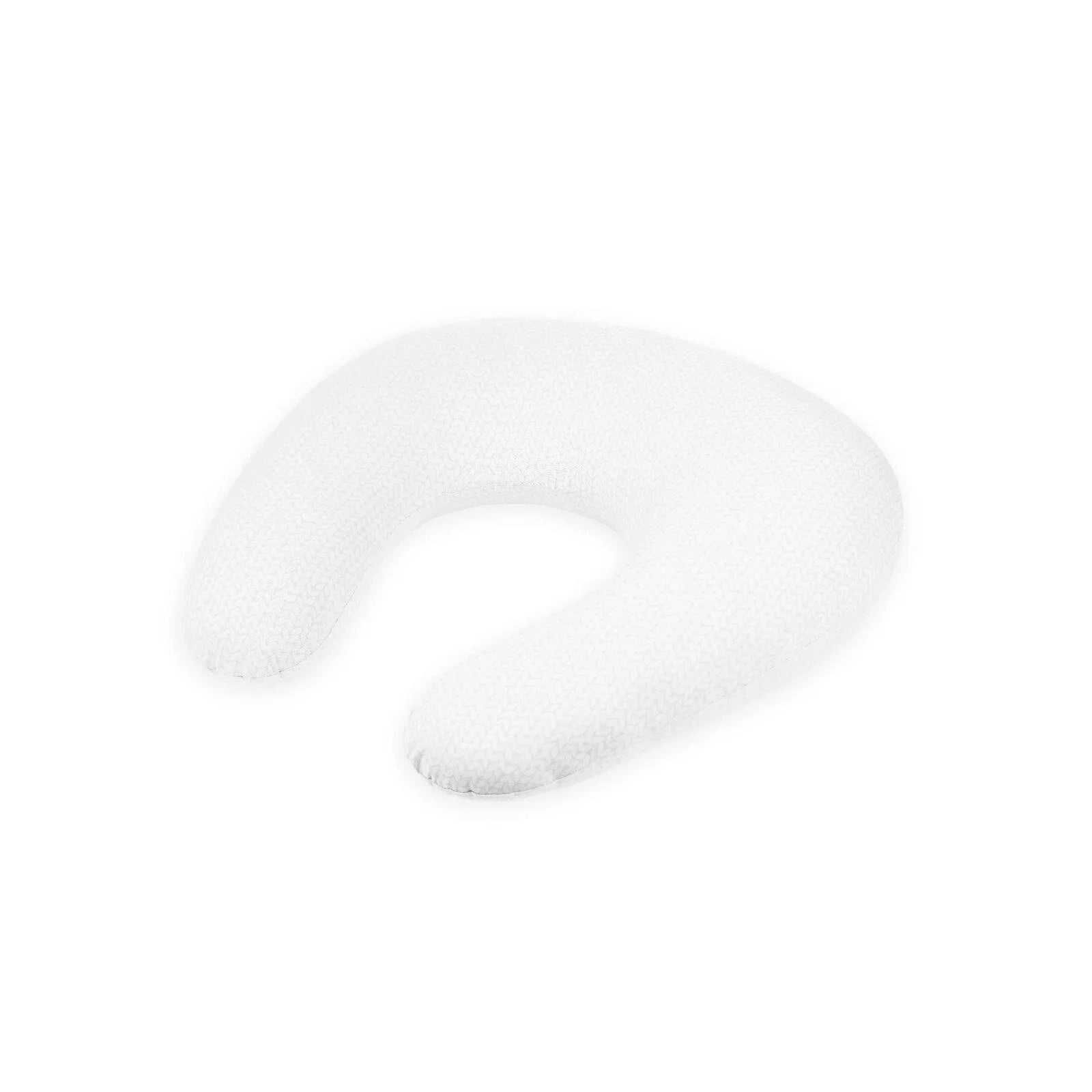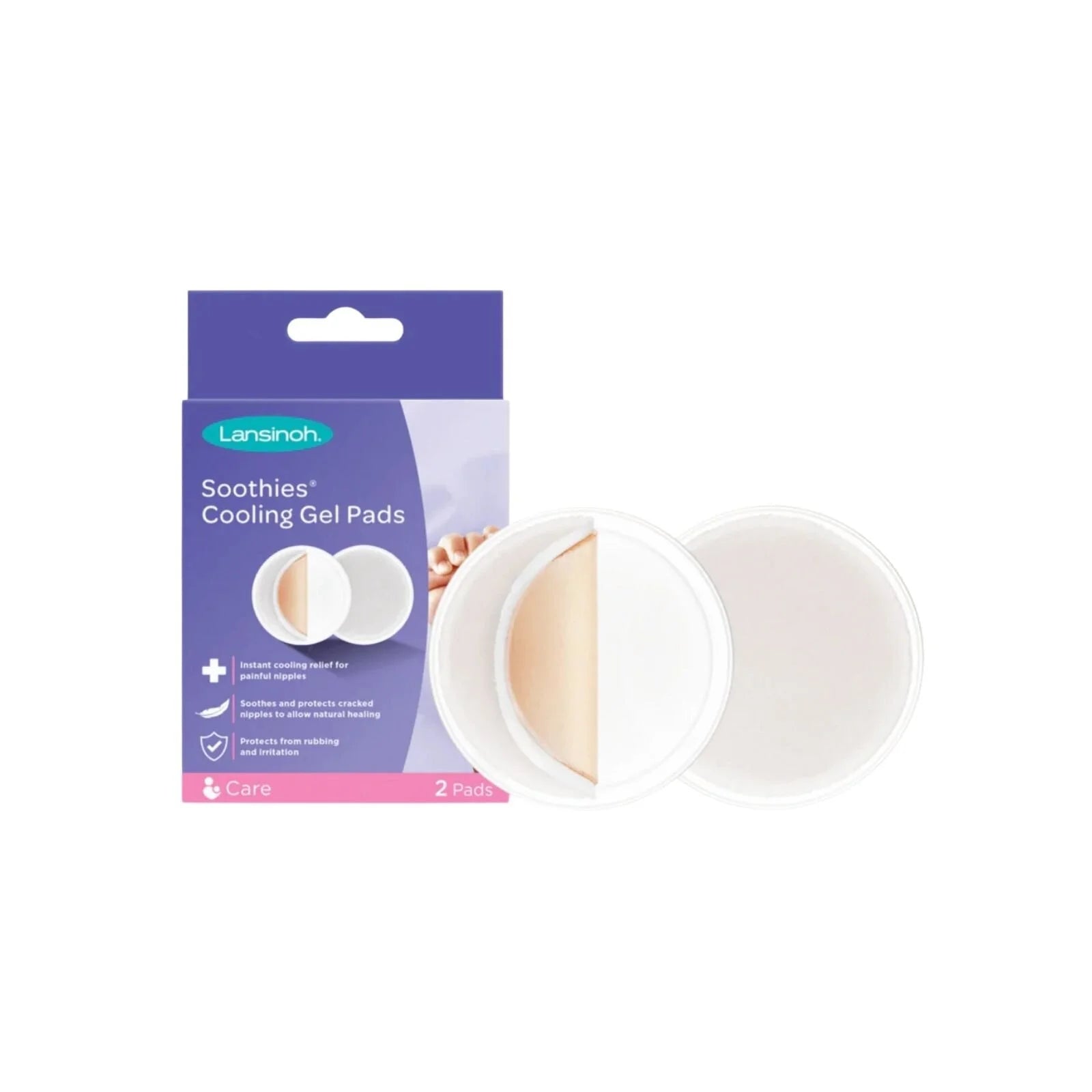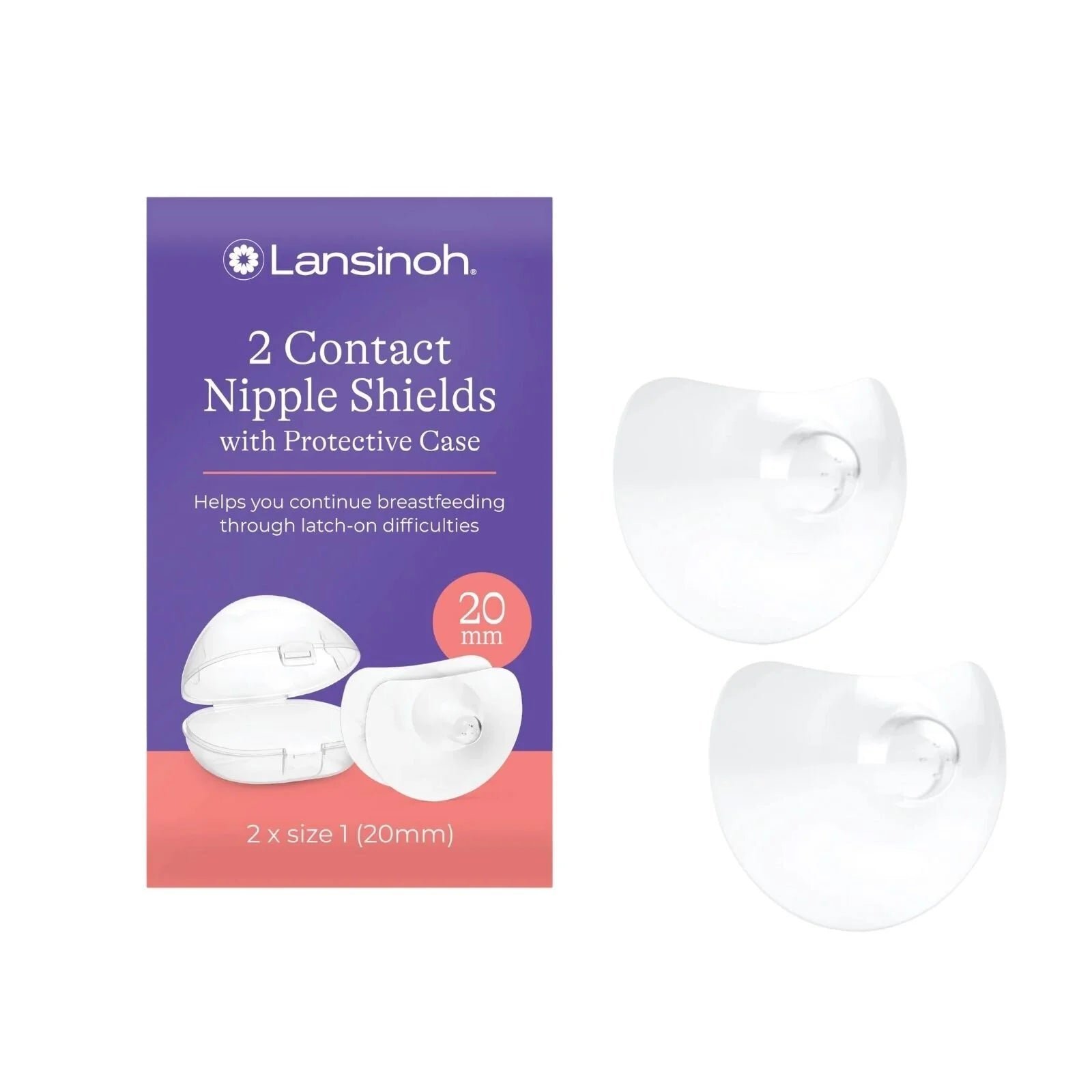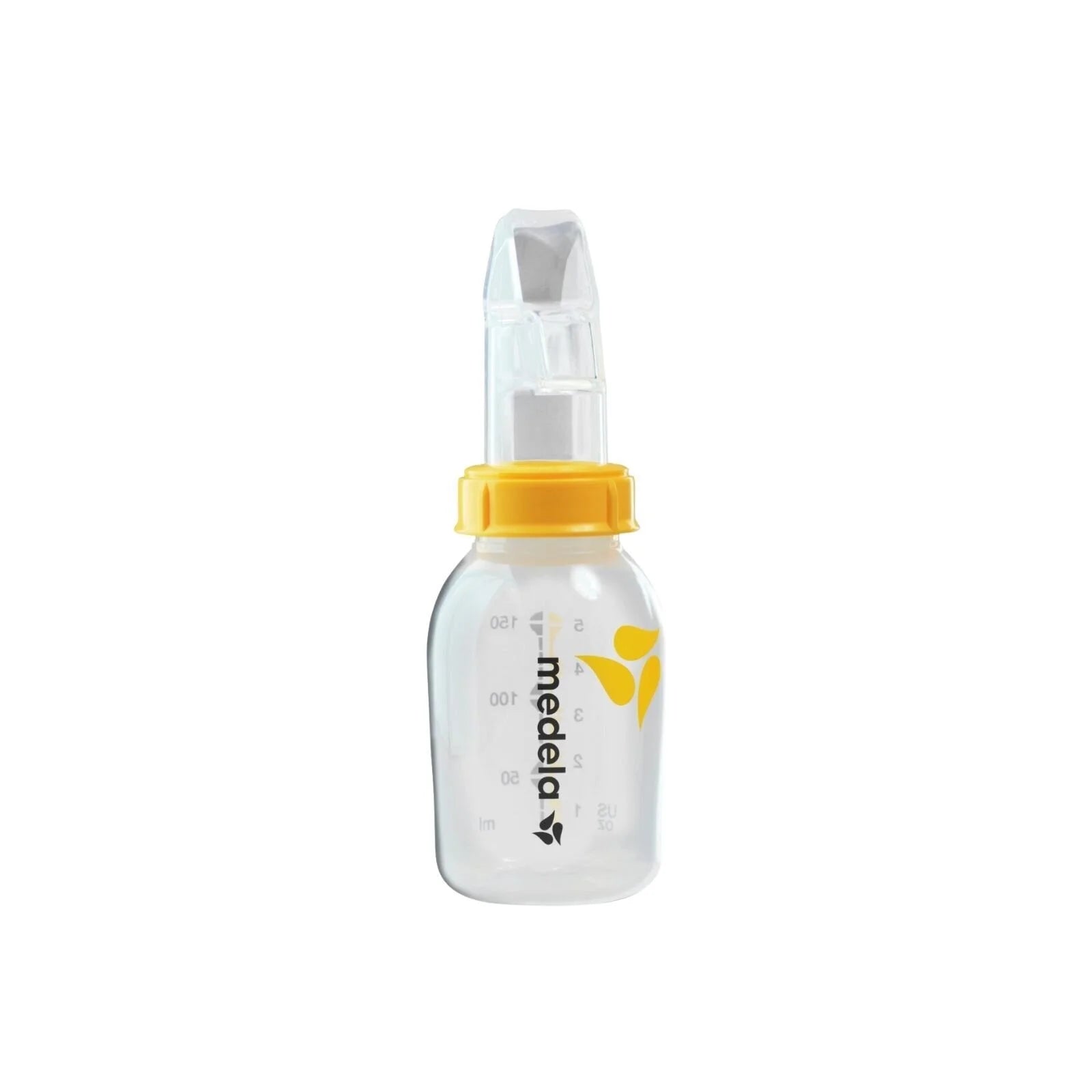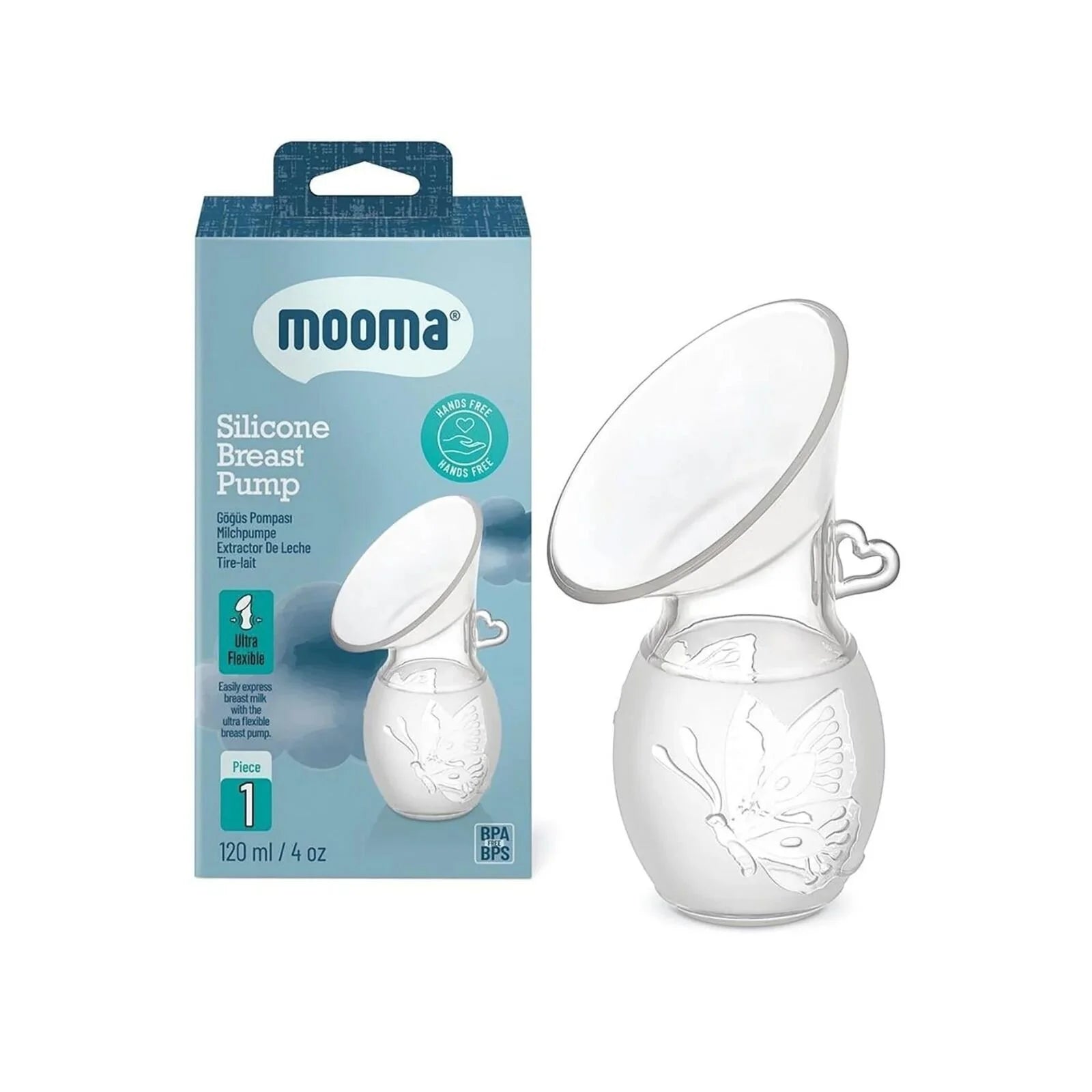Maternity & Breastfeeding
Within this category, you can find essential items like electric breast pumps, designed to make the process of expressing breast milk more efficient and convenient. Additionally, breastmilk storage bottles and milk storage bags are available to safely store and preserve expressed breast milk for later use. These products ensure that nursing mothers can maintain a steady supply of breast milk while offering flexibility and convenience. With a focus on comfort and functionality, the Maternity & Breastfeeding category in ebebek provides a wealth of options to meet the specific needs of mothers during this transformative phase of their lives.
Maternity Tights
Maternity tights are tailored to accommodate the changing shape of the body during pregnancy, offering a stretchy and adjustable fit. They are typically made from soft and breathable materials that provide gentle compression to alleviate discomfort and promote circulation. Maternity tights often feature a high rise waistband that can be worn over or under the belly, offering flexibility and comfort based on personal preference.
Nursing Bra
Nursing bras typically feature specialized clasps or panels that allow for discreet and quick nursing access without the need to remove the entire bra. Nursing bras are designed to provide proper support and comfort, often featuring wider shoulder straps, adjustable closures, and soft, breathable fabrics. They come in a variety of sizes and styles to accommodate different body types and personal preferences. Some nursing bras may also include additional features such as removable padding, wire-free designs, or seamless construction for enhanced comfort.
What Should You Consider When Buying Maternity & Breastfeeding Products?
When purchasing maternity & breastfeeding products, there are several important factors to consider. Here are key considerations to keep in mind:
- Prioritize comfort when selecting breast pumps, maternity clothes, and maternity clothing. Look for items made from soft and breathable materials that provide optimal comfort throughout pregnancy and breastfeeding.
- Take accurate measurements and refer to size charts provided by the manufacturer to find the right fit.
- Adequate support is essential during pregnancy and breastfeeding. Look for breast pumps that provide efficient suction and customisable settings to accommodate individual needs.
- Maternity clothes should have functional elements like adjustable waistbands, nursing-friendly designs, and versatile styles suitable for various occasions. You can consider to buy maternity pants, maternity leggings & maternity bras for comfort
- Cheque for quality construction, reliable closures, and strong seams to ensure longevity. Read customer reviews and ratings to gauge the durability and performance of the products.
Considering these factors will help you make informed decisions when purchasing maternity & breastfeeding products, ensuring your comfort, convenience, and overall satisfaction throughout pregnancy and breastfeeding.
How to Use Maternity & Breastfeeding Products?
Start by carefully reading the manufacturer's instructions and guidelines provided with each product. Pay attention to any specific usage instructions, cleaning recommendations, and safety precautions. Maternity clothing, such as tops, bottoms, and dresses, can be worn throughout your pregnancy to accommodate your growing belly. Simply wear them as you would regular clothing, adjusting the fit using any adjustable features, such as expandable waistbands or side ruching. After breastfeeding or pumping, secure the nursing access mechanism back in place. If you're expressing breast milk, use breastmilk storage bottles or milk storage bags designed for safe and convenient storage. Follow the instructions for pumping milk into the bottles or bags, leaving appropriate headspace for expansion during freezing. While breastfeeding you can also use nursing pillows for comfort.
Q: When is it too early to pump breast milk?
A: There is no specific time that is too early or too late to start expressing milk. However, breastfeeding should be prioritised during the newborn period, as it helps ensure a continuous milk supply and fosters the initial bond between mother and baby. Therefore, you should make time for frequent breastfeeding sessions. In situations such as returning to work or having someone else care for the baby, you may want to increase the frequency of expressing milk.
Q: When to breast pump?
A: You can organise your pumping frequency according to your milk production cycle, prioritising breastfeeding. You may choose to pump when your baby is asleep or if you have milk remaining in your breasts after feeding. Allowing milk to remain in your breasts for too long can increase the risk of blockage and mastitis, so you shouldn't neglect to pump during times when you can’t breastfeed.
Q: Which breast pump is best?
A: Using manual breast pumps can require more energy and effort. On the other hand, electric breast pumps offer a more comfortable milk expressing experience. Additionally, electric pumps often come with massage modes that help prepare your breasts for pumping. You can choose between single or double electric breast pumps based on your preferences and needs.
Q: How to increase breast milk while pumping?
A: The most important thing for increasing breast milk is breastfeeding. For mothers who, for any reason, are feeding their babies exclusively with expressed breast milk, the power pumping method can be applied. Power pumping is a technique used to boost milk production. It involves pumping for 20 minutes, taking a 10-minute break, pumping for another 10 minutes, taking another 10-minute break, and then finishing with a final 10-minute pumping session.
Q: How to sterilise a breast pump?
A: You can disassemble all the parts of the breast pump that come into contact with breast milk and sterilise them. If the manufacturer's instructions allow for cleaning in a dishwasher, you can use special detergents designed for baby products, or you can boil them in water for about 10 minutes.
Q: How to store breast milk after pumping?
A: According to the National Health Service (NHS), breast milk can be stored as follows:
-
Room Temperature (up to 20°C): Up to 6 hours.
-
Fridge (4°C or below): Up to 5 days (ideally used within 3 days).
-
Fridge Freezer Compartment (-15°C): Up to 2 weeks.
-
Deep Freezer (-18°C or below): Up to 6 months.
Defrost breast milk in the fridge or using the bain-marie technique, and use it within 24 hours. Do not refreeze thawed milk.
Q: How to use a manual breast pump?
A: To use a manual breast pump, start by washing your hands and sterilising the pump. Place the nipple into the pump’s flange, ensuring there are no gaps. Gently squeeze and release the pump; milk will begin to collect from the ducts. Continue with rhythmic movements to increase the flow of milk. After expressing, you can store the milk according to the recommended guidelines. Remember to sterilise the breast pump before each use.









